How To Build The Perfect Golf Swing... By A Man Who's Renowned For Having One Of The Best
In this video, former Tour player and now coach Robert Rock shares some fascinating insights into how he built his swing
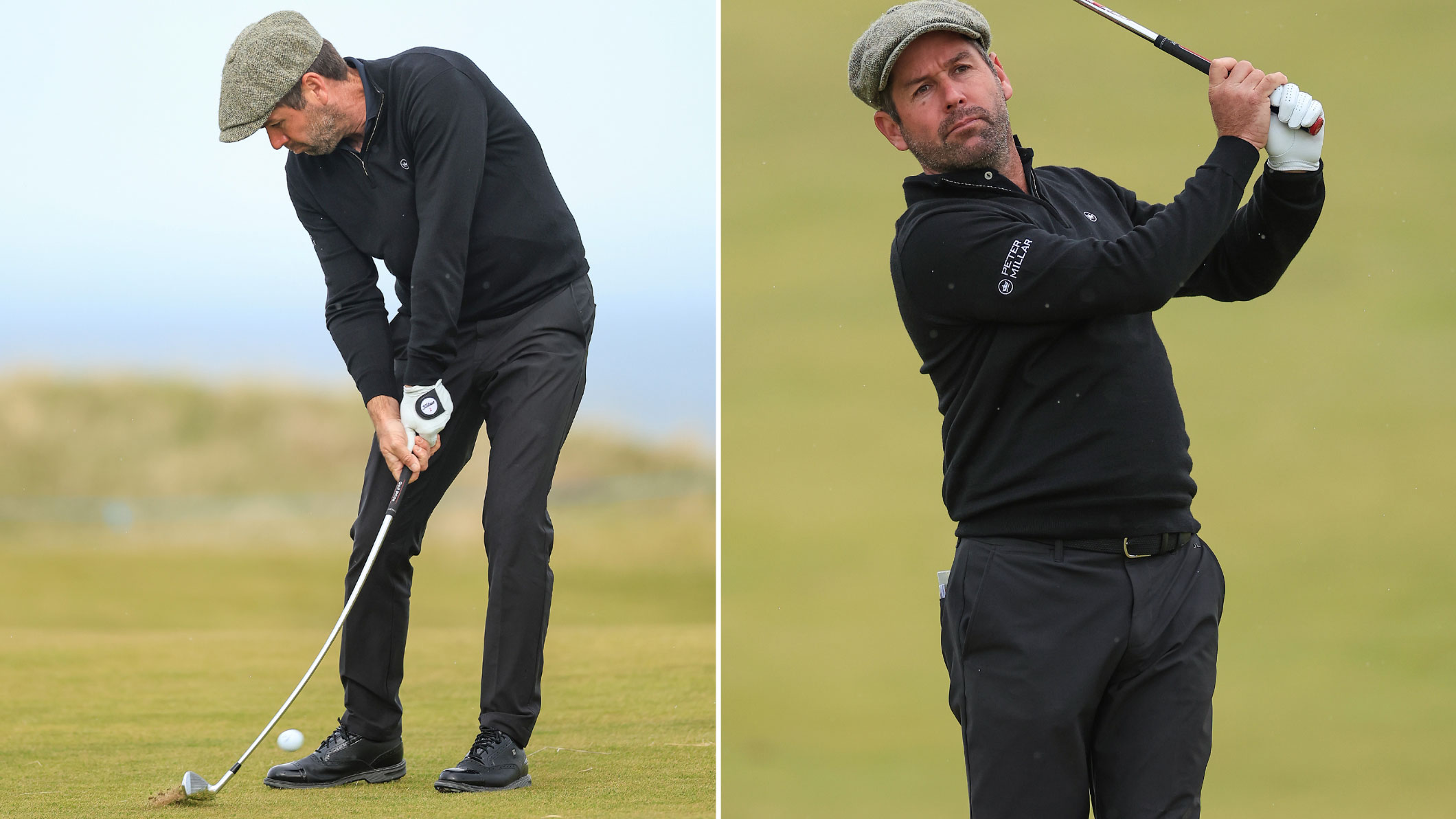
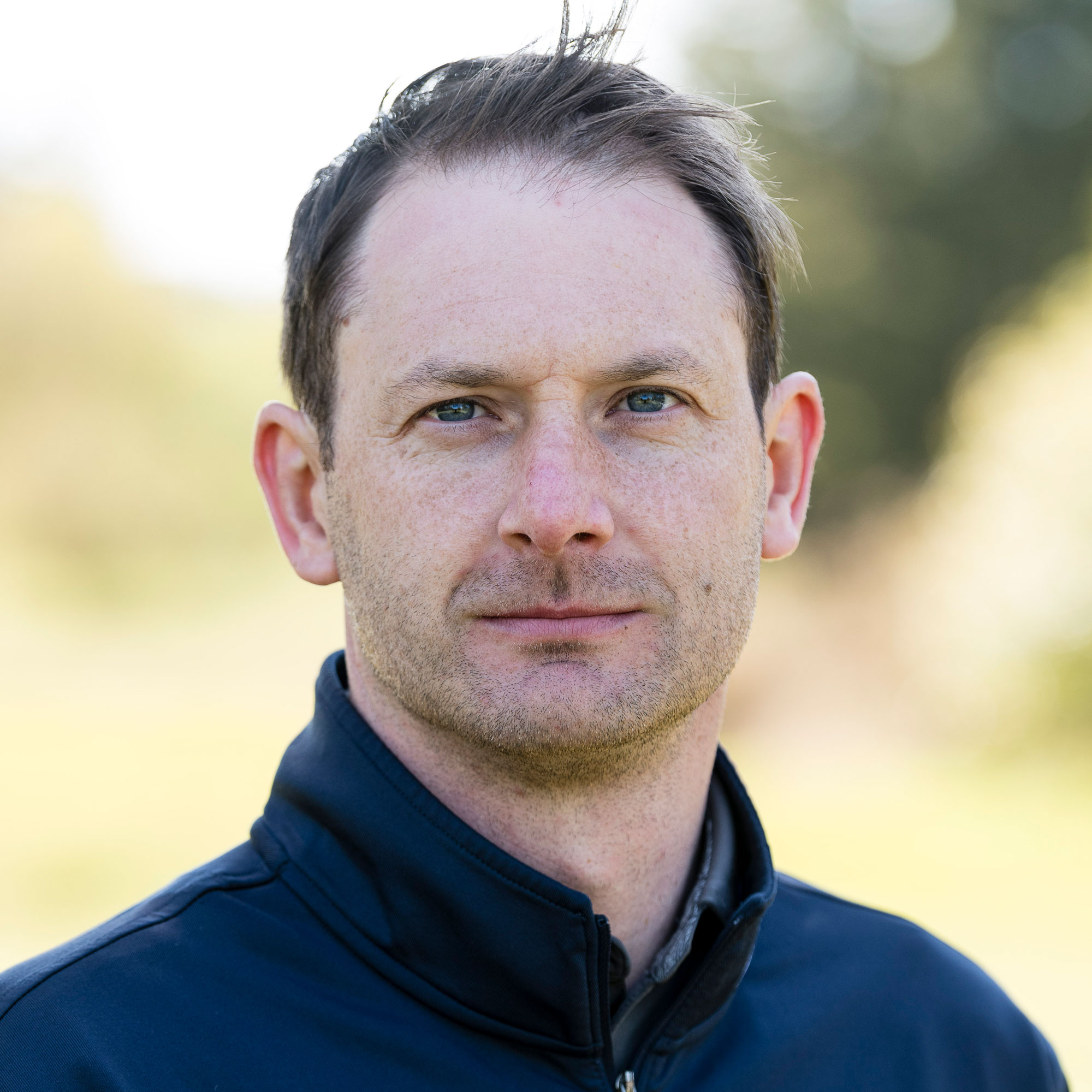
Joe Ferguson
Robert Rock may have called time on his playing career, but the Englishman, who is renowned for having one of the most aesthetically-pleasing golf swings in the game, has no intention of letting his wealth of knowledge go to waste.
We recently caught up with the two-time DP World Tour winner on the range to talk about what makes the perfect golf swing. Here, in his own words, Rock shares some fascinating golf swing tips and ball striking tips.
This is one very insightful (and free) golf lesson, and we highly recommend watching the full interview/video below.
HOW TO BUILD THE PERFECT GOLF SWING
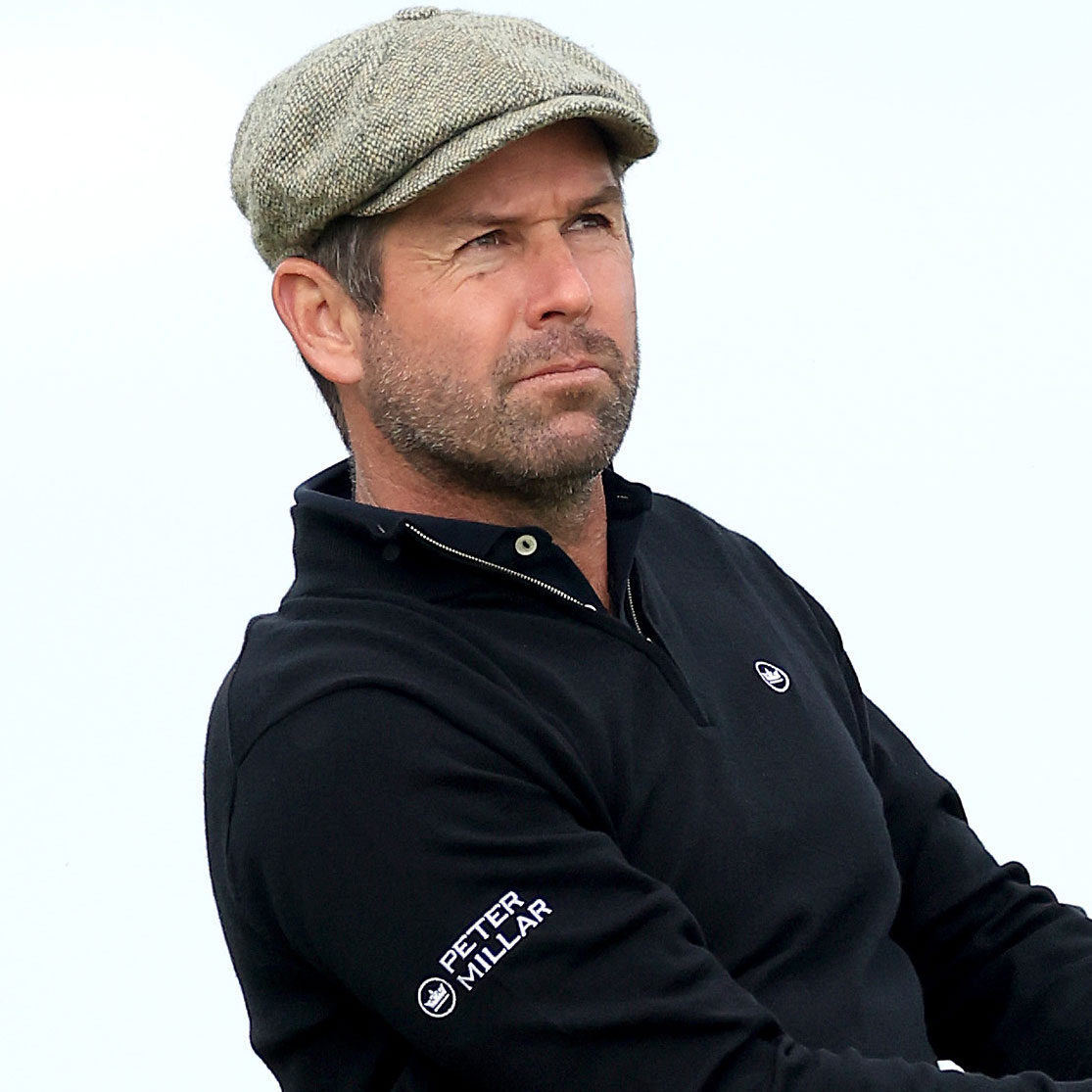
Robert Rock made close to 500 appearances on the DP World Tour before retiring in 2022 to focus on coaching. A former winner of the Abu Dhabi Golf Championship, where he famously got the better of Tiger Woods in 2012, Rock now runs his Robert Rock Academy and Junior Tour.
GRIP
We will all look slightly different in the setup, but there are key things that are a must. Your grip has to be sound and within certain boundaries. They can be slightly stronger, fractionally weaker in some cases, but, generally, a pretty sound neutral golf grip is a must.
I don't build my grip over the ball - that has to be in the area where you're pulling the club out of the bag and you're picturing your shot. You may have to do some work at home to get to the place where you can just feel the grip and look at your hands and know what the perfect golf grip is supposed to look like.
It's more than just seeing a couple of knuckles. You've got to get a view of your hands and what you can use as checkpoints. We've got to have a range of motion throughout the swing, so holding the club up in front of you does a couple of things to help, which is something you'll see Scottie Scheffler do quite a bit.
Firstly, you get the ability to slide the the butt end of the club more into the fingers of your left hand at this point; and then you can look at how your right hand is covering the left.
Get the Golf Monthly Newsletter
Subscribe to the Golf Monthly newsletter to stay up to date with all the latest tour news, equipment news, reviews, head-to-heads and buyer’s guides from our team of experienced experts.
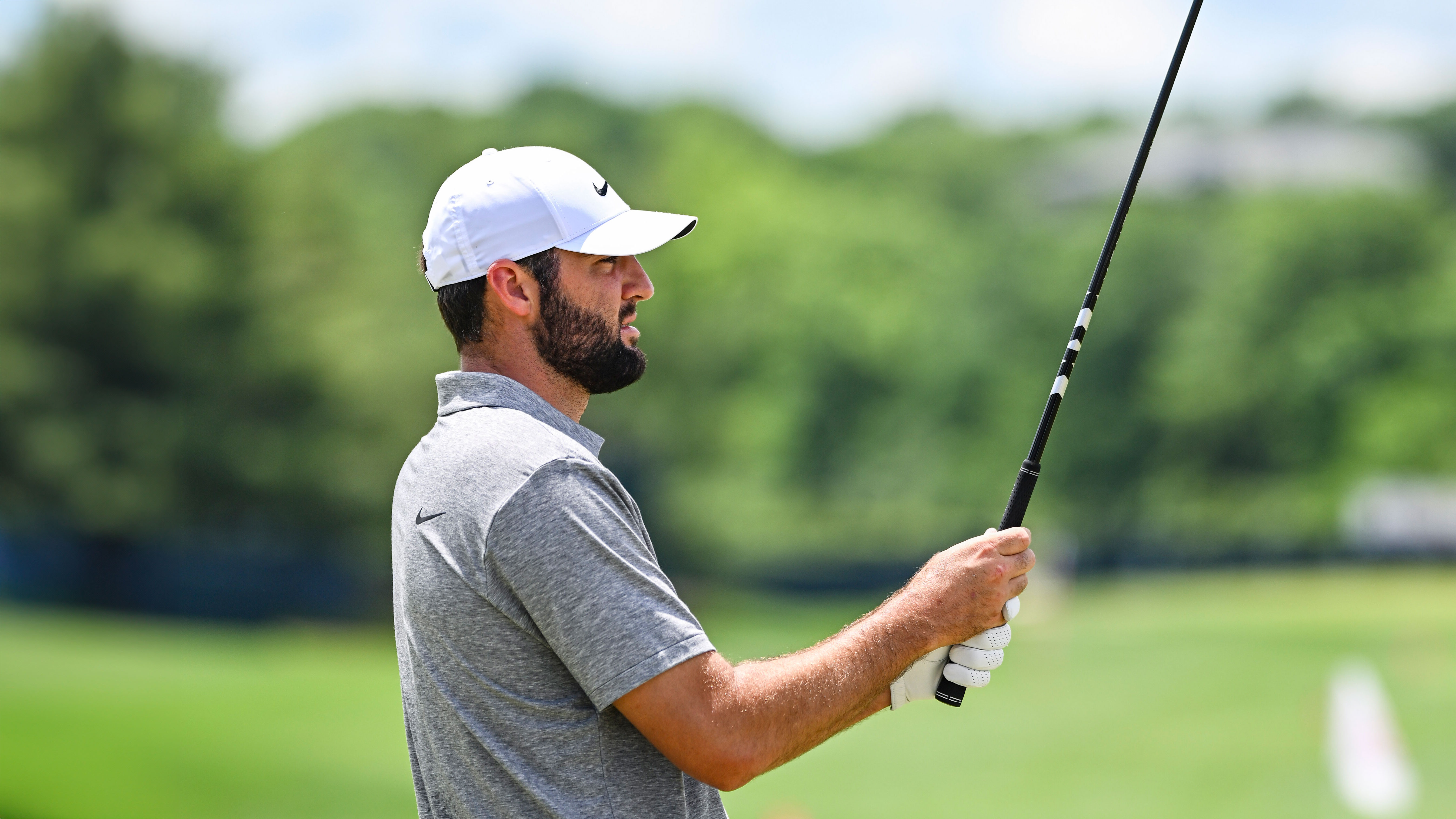
Holding the club up in front of you is the best way to check your golf grip
One of the key parts, I believe, is that the right hand should sit quite high up on the left and the hands should be really close together. If you're too far apart, the hands are working against each other. I don't want to see any gaps at all. And I don't want any gaps appearing during the swing, either (more on that below).
I hold the club tight enough so the gaps disappear, but if it's too tight you'll get tension up your forearms into your elbows, which can lead to a load of different backswing faults.
BACKSWING
The key part of hitting iron shots close is hitting them on the same trajectory. How many times do you hit a shot on line at the flag, but it comes up short? Pin high is everything - and that comes from reliability of strike.
We don't want to be moving the head, sternum and hips too far off from how we start off. Problems arise if we allow ourselves to shift off too much to the right. There will be a little bit of flow of movement and shift as the club moves away on an arc, but not loads.
Practice the angled turn of your shoulders, hips and knees (as I'm doing in the video above) and that will keep the backswing pretty consistent as far as the turn is concerned.
My takeaway has been a huge factor in building a decent golf backswing. The key part in the takeaway is building this momentum so the clubhead goes up the ideal line - so then you'll be more likely follow it.
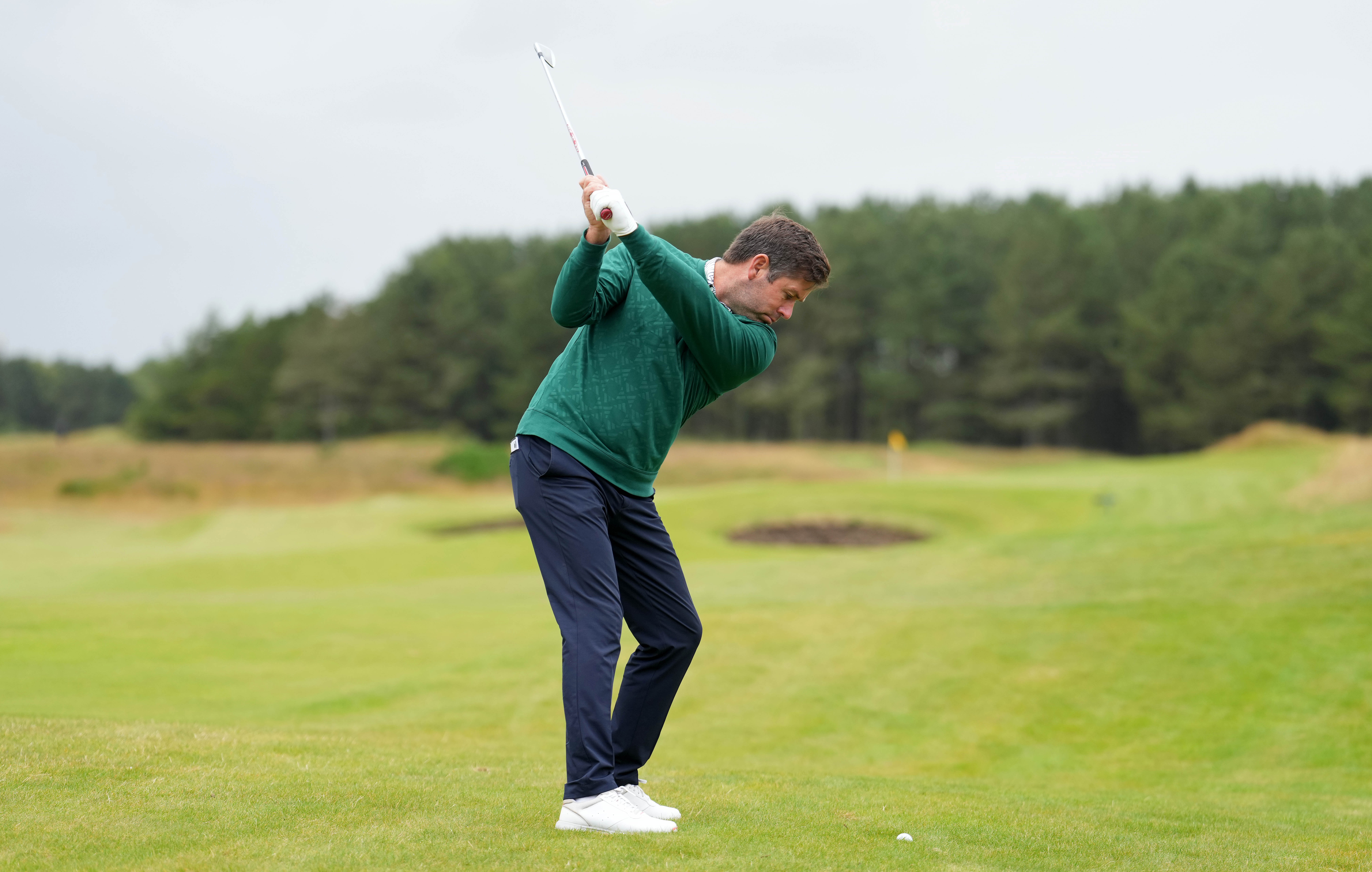
Rock can feel a 'slot' at the top of the backswing that tells him where it should end
A key point for the top of the backswing: we don't want the right arm to bend loads, and we don't want the wrist to bend loads. That's when we start to end up with positions where the grip separates.
I can feel a 'slot' at the top, and that tells me where my backswing should end. This is when I'm ready to make that transition - as you can see in the video above.
DOWNSWING
I had a pretty decent backswing, and my downswing really knocked me off plane and affected my low point. I couldn't get the sort of compression and strike quality that I do now. I had to rejig the whole of the downswing to make it line back up.
Body position is the key part. We've talked about learning the slightly angled turn going back, and you've got to learn how to unwind that. It's not just as simple as to spinning your hips coming down or shifting your weight forwards, because people translate that in different ways.
Learning how to keep your body position constant and keep that angled turn continuing coming down and through is the key part. I had to learn how to stop shifting the lower body forward so much, and to unwind my shoulders early enough so that they kept pace with everything else.
You want to be in a position where your arms have got a nice bit of clearance through so that they can swing past your hips and get the leaning shaft position that gets your strike location forwards and keeps your low point consistent.
Swaying in the golf swing brings a few different strike points into play and different path issues, and also club face variations. Hitting the right length then becomes difficult.
An important point to make is that it's not the same for everyone; it's about understanding what you do on the way down - what you do instinctively and what you should add in to make it more balanced.
Being aware of impact is actually the most important bit - knowing where you're trying to deliver the club to from a position. A lot of people would assume trying to get back to impact is maybe just a bit of weight forwards.
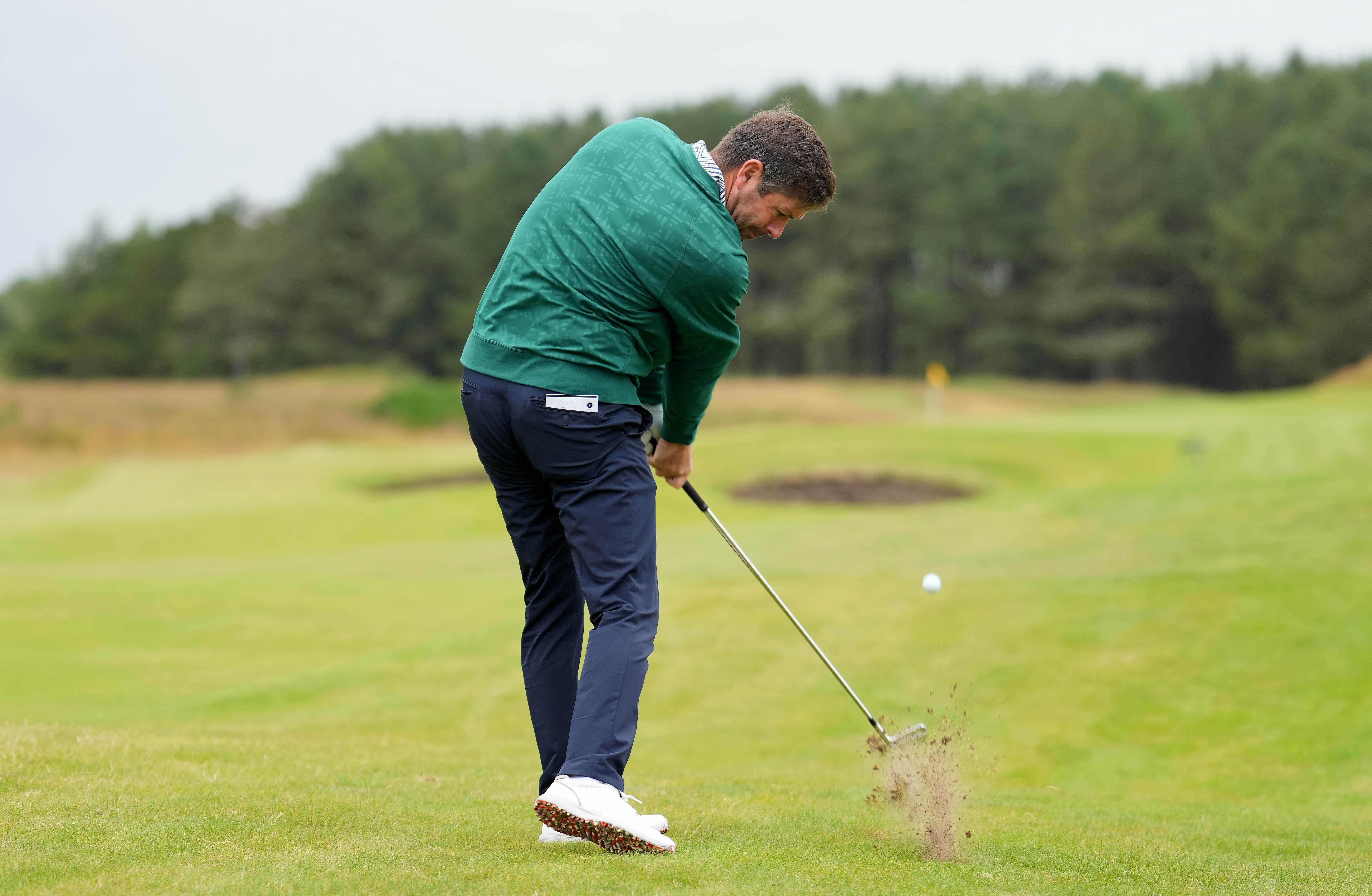
'Exiting left' can be a bit of a misconception
It's actually more open shoulders, the right arm connected, pressure with your legs and feet shifting across on a more sideways motion; it's trying to put some force on the side of the shaft so you can get some bend and load into it (as pictured above).
Then there's the talk about exiting left - which is nonsense. It goes around the corner to the left at the end, but it's not manipulated. In the video above you can see that I'm not trying to exit left - I'm maintaining that pressure in the back of the right wrist and just pushing forwards.
SWING THOUGHTS
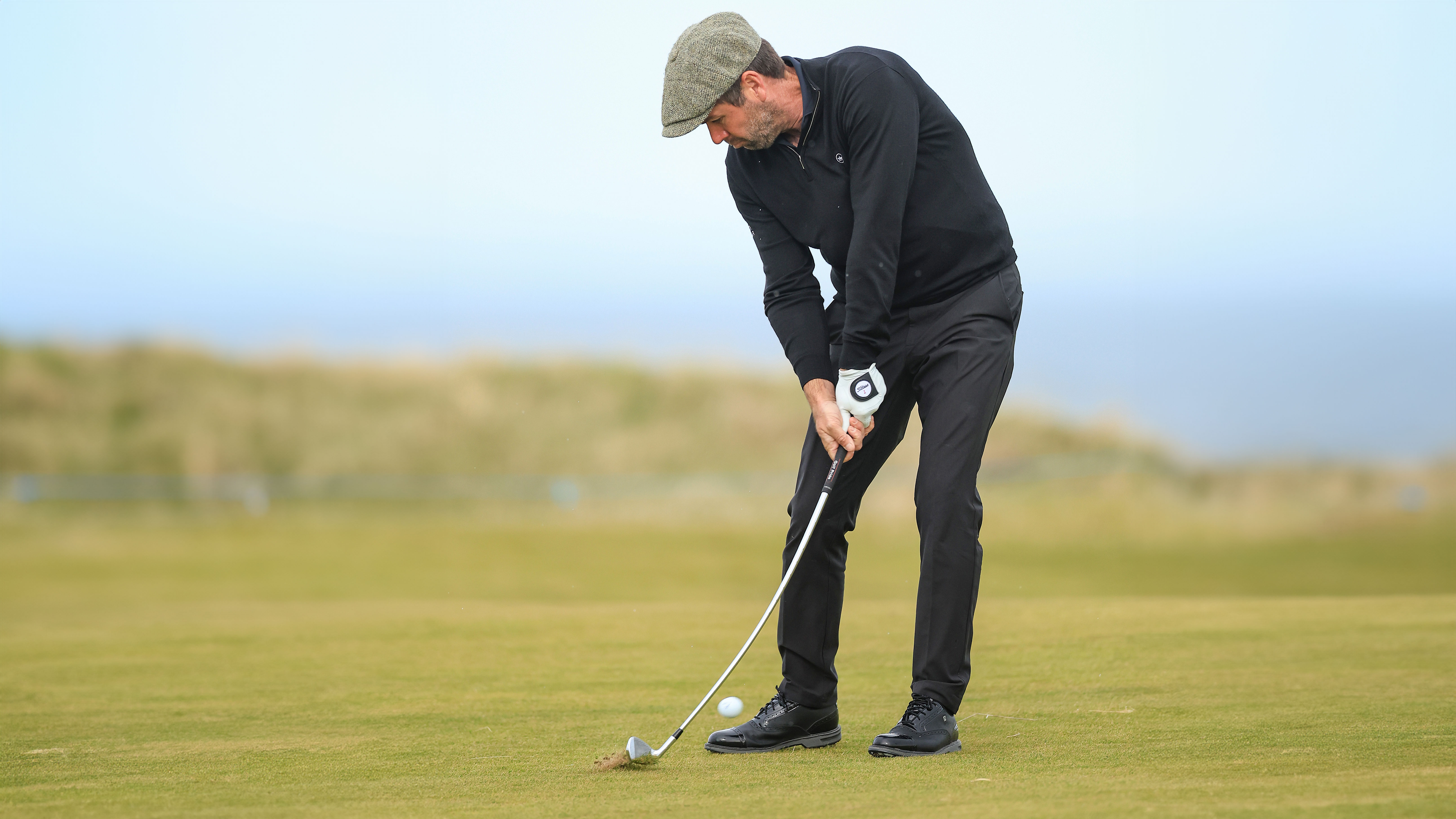
Rock has worked hard to improve the way he delivers the club at impact for purer strikes
I'll generally only have one swing thought when I'm coming down, because the golf swing is too quick. I will have a few going back sometimes when I'm practicing. I'll have something in the takeaway area to make that momentum of the club flow up to the top so I can feel my position at the top easier.
As soon as I can feel that I'm going to get to a good top of the backswing, the better, because then I can start shifting my focus onto whatever I want to do on the way down. This is where rhythm comes from.
All I think about is unwinding my shoulders, allowing the lag to happen. Because of my previous swing faults, I like to feel the stretch it makes on my left arm - so the left arm doesn't pull down too quickly, because if it separates from my chest it will bend.
Basically, this helps me get into the above impact position where I feel like my right shoulder is going to back me up as I go through.

Michael has been with Golf Monthly since 2008. A multimedia journalist, he has also worked for The Football Association, where he created content to support the England football team, The FA Cup, London 2012, and FA Women's Super League. As content editor at Foremost Golf, Michael worked closely with golf's biggest equipment manufacturers and has developed an in-depth knowledge of this side of the industry. He's a regular contributor, covering instruction, equipment, travel and feature content. Michael has interviewed many of the game's biggest stars, including seven World No.1s, and has attended and reported on numerous Major Championships and Ryder Cups around the world. He's a member of Formby Golf Club in Merseyside, UK.
- Joe FergusonStaff Writer
You must confirm your public display name before commenting
Please logout and then login again, you will then be prompted to enter your display name.
-
 Rory McIlroy Among 10 Big Names Who Missed The Cut At RBC Canadian Open
Rory McIlroy Among 10 Big Names Who Missed The Cut At RBC Canadian OpenMcIlroy's struggles off the tee continued at TPC Toronto, with the five-time Major winner among the big names who missed the cut at the RBC Canadian Open
-
 DeChambeau And Rahm Favorites In LIV Golfers' US Open Betting Odds
DeChambeau And Rahm Favorites In LIV Golfers' US Open Betting OddsTake a look at the US Open betting odds for LIV golfers, as we pick out the clear favorites and assess some value picks at bigger prices for Oakmont